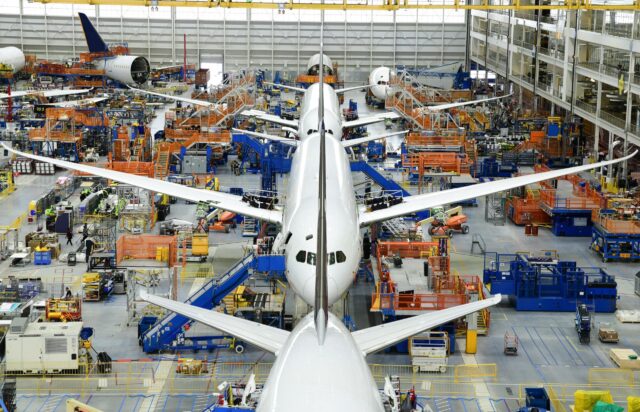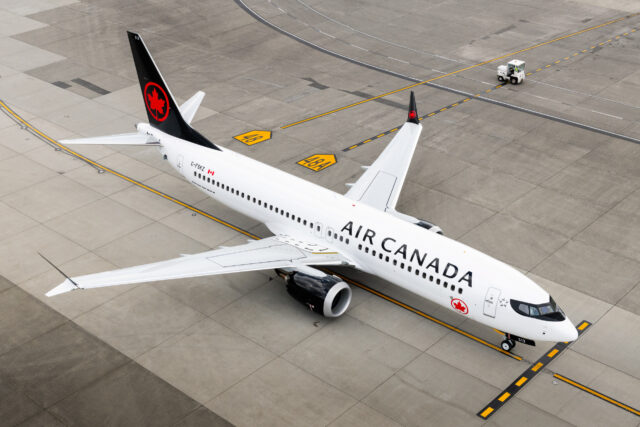The five most disruptive technologies for aviation
New research highlights the technologies which are expected to have the most disruptive impact on the aviation sector, with automation leading the way.
The new Digital Change Survey from…

New research highlights the technologies which are expected to have the most disruptive impact on the aviation sector, with automation leading the way.
The new Digital Change Survey from IFS finds that unplanned maintenance is ranked as the biggest challenge facing airline operational availability, with augmented reality (AR) named as a key technology to help combat this.
Key report findings include:
- Nearly 60% of the organisations cite operational availability as the biggest industry challenge, and almost half identify unplanned maintenance and regulatory compliance as key priorities
- Over three quarters (77%) of companies surveyed look to augmented reality to reduce the impact of unplanned maintenance via remote support and to provide one-to-many knowledge transfer
- Automation, big data, robotics, augmented reality and the Internet of Things (IoT) were ranked as top five most disruptive technologies
- IoT (39%), big data analytics (39%), artificial intelligence (37%), Enterprise Resource Planning (ERP) (33%) and mobile computing and applications (31%) were identified as areas for investment
Of the commercial aviation companies surveyed, 44% regarded themselves as advanced in leveraging digital transformation – ahead of the other industries that participated: construction and contracting (39%), manufacturing (29%), service (23%) and oil and gas (19%).
“The commercial aviation industry is at the forefront of digital transformation, so it comes as no surprise that airlines are looking at automation and other innovative technologies to address key pain points,” said Graham Grose, Vice President and Industry Director at the Aviation & Defence Business Unit, IFS.
He added: “Augmented reality is the perfect fit to quickly address unscheduled maintenance events – many of which occur in difficult to reach locations with limited availability of skilled engineers on the ground. Rather than flying out a team of engineers to address this challenge, augmented reality offers the possibility of one-to-many knowledge transfer, helping return aircraft to operational status as quickly as possible and solving the impending maintenance engineer shortage in the industry.”















